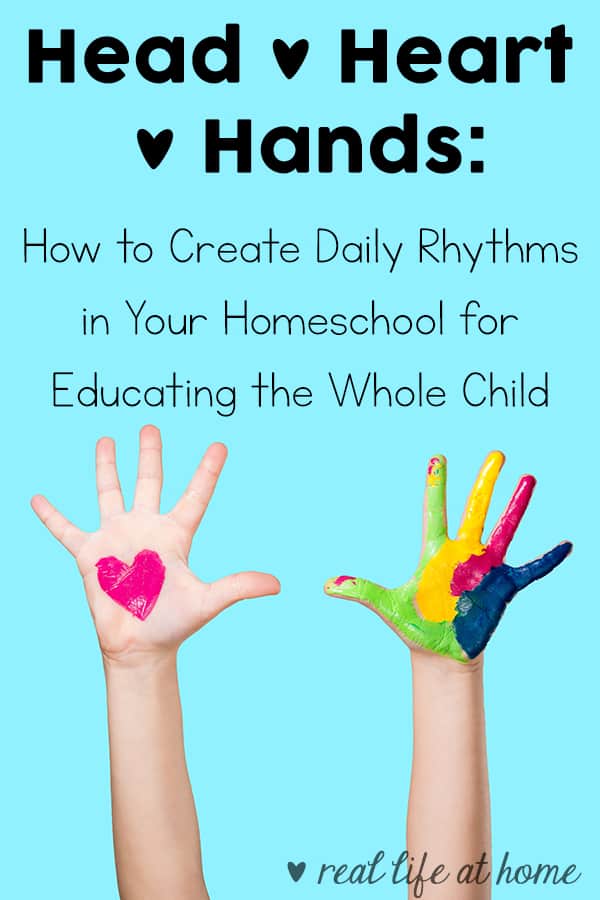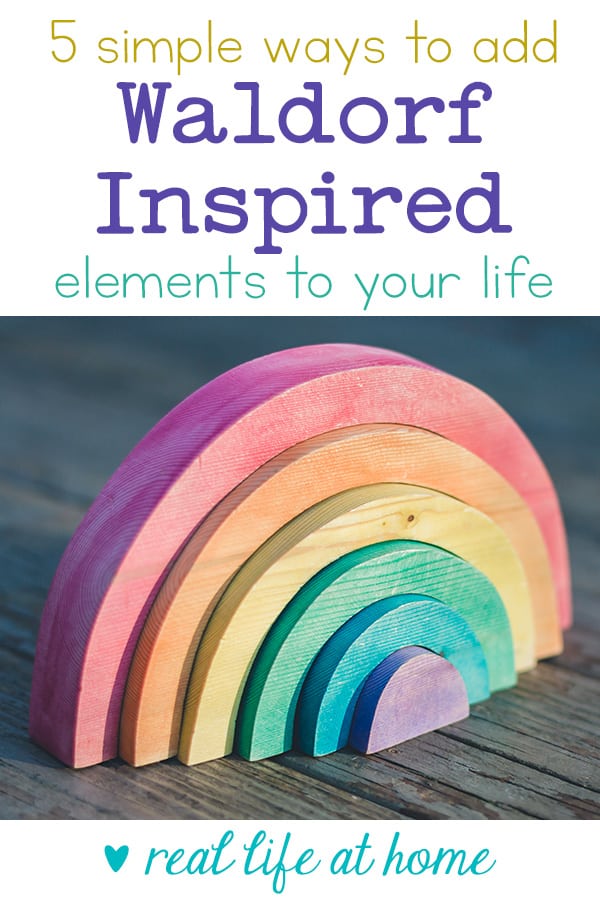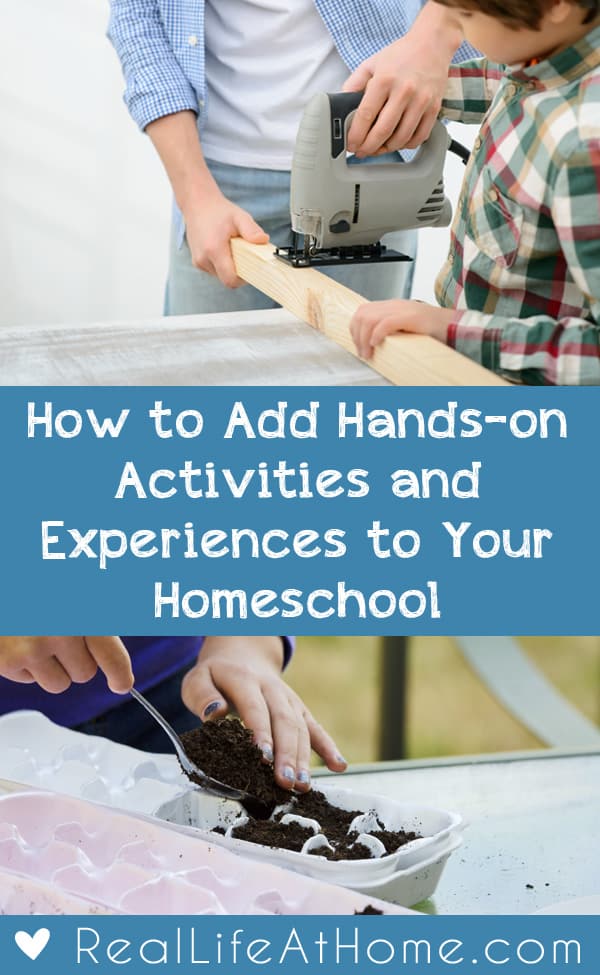advertisement
Head, Heart, Hands: How to Create Daily Rhythms in Your Homeschool for Educating the Whole Child is a post by contributing writer Michelle of Raising Cajuns.
One of the things so many of us love about homeschooling is that we can educate the whole child, meaning we can assist in their physical, academic, spiritual, and emotional growth simultaneously. No need for separate classes or teachers or complicated schedules.
Waldorf educators refer to this as head, heart, hands. It is a simple reminder that we as parents and teacher are responsible for growing all three parts of our children. We can feed their minds, bodies, and souls every day.
advertisement
Head, Heart, Hands: How to Create Daily Rhythms in Your Homeschool for Educating the Whole Child
Waldorf educators plan each day around a particular rhythm of head, heart, and hands. (Visit my Breaking Down Your Rhythms post for more information about developing regular rhythms.) While most of us, as parents, recognize the need to balance various activities throughout the day (easy/difficult, active/calm, inside/outside), head-heart-hands scheduling requires a little more forethought, but the rewards are well worth the planning.
The following is a simple breakdown of how you can schedule your homeschooling days around your child’s head, heart, and hands.
Daily Rhythms: Head-Centered Activities
Schedule academic, head-centered activities in the morning. Most of us try to do this anyway since our children are usually more alert and ready to learn at the beginning of the day.
Of course, you can always start with circle time or a walk or some kind of movement, but try to schedule your main lessons during the morning hours.
Daily Rhythms: Heart-Centered Activities
Children can become drained from thinking all morning. So make sure to follow up with things that warm their soul or fill their emotional cup.
Plan activities such as music, art, poetry and tea time, free-reading, and nature collecting for the middle of the day.
You can also do a foreign language at this time as long as you keep it light with songs or games. Since grammar and memorization are head-oriented activities, they are best done earlier in the day.
If you center your days with heart-warming activities, you can help them relax and refresh to start the second half of the day with a sense of calm and security.
Daily Rhythms: Hand-Centered Activities
In the afternoon, set aside time for the “extras” – knitting, sewing, crafts, gardening, cooking and baking, building, and other forms of handwork.
This is a perfect time to plan for all those activities we typically overlook or wish we had time for. It also channels some of that physical energy at a time of day that can often feel chaotic and troublesome.
Don’t Skip the Heart Activities!
The key to head-heart-hands success is to insist on those heart activities. Don’t skip over them because you are tired or busy or have errands.
Do something from the heart list in the middle of the day, then plan ahead to keep those hands occupied in the afternoon. I find that our afternoons run much more smoothly if we recharge properly in the middle of the day. In this way, their souls are filled, and their bodies are kept busy.
Other Posts about Educating the Whole Child that You May Love:
Disclosure: This post contains affiliate links. They don’t change the price you pay. However, when you shop through them, we may receive a small compensation.
Head, Heart, Hands: How to Create Daily Rhythms in Your Homeschool for Educating the Whole Child was originally published December 29, 2011. It was updated in August 2018.
Join 40,000+ Other Awesome People
Subscribe to the Real Life at Home weekly newsletter to get our latest content, exclusive free printables, learning activities, and ideas for celebrating with your kids all year









As I already mentioned to you privately, I really love this post! Thanks for the important reminder!
I love this! Is this for a set age group (like preK, elementary) or is it encouraged for older ages too? Also, what does this look like with varying ages and abilities? I have a 7yo and 3yo and when I try to incorporate art/music, one is interested longer than the other and then when one stops, chaos sometimes ensues. It breaks the mood in the room and then everyone stops the activity. I feel like these types of things aren’t enjoyed long enough. We tend to naturally set up our days like this but I would like to be more intentional with art/music…and even though I have activities for our 3yo, she also likes to disrupt my son’s lessons. It’s hard finding a balance where you don’t feel frazzled. I would like some more calm in our school room. Thanks for the post! I will be planning our second half of the school year this weekend and will take this into further consideration.
Thanks, Angie. I need the reminder myself from time to time. 🙂
Julie, it really applies to all ages, with the work being different for different age groups. My kids are 8 and 4 (almost), so it gets a little crazy here also when the younger one decides to shake things up. I also think it depends on their temperaments . . . my older one has a tendency to rush through and finish her paintings before her younger sister! It is a difficult balance, and one I struggle with as well. I wouldn’t worry too much about them not enjoying the activities for long periods of time, especially while they’re still young. Best wishes with your planning!
Absolutely wonderful advice! I already plan our days in a similar way, but had not thought of it quite like this. I think I need to sit down and think about this some more. I’m wondering how I could do this with my high schoolers… wondering if head activities will take more than the morning…
This is a LOVELY post, Michelle. I struggle SO hard with creating rhythm to our day — you’d think I’d have some semblance of routine with 4 children! Nope — it’s hodge podge.
I LOVE how you have things divided up. It makes perfect sense.
Thanks for this post. Sometimes it is easy to make things complicated when you are trying to fit everything in. This simplifies it.